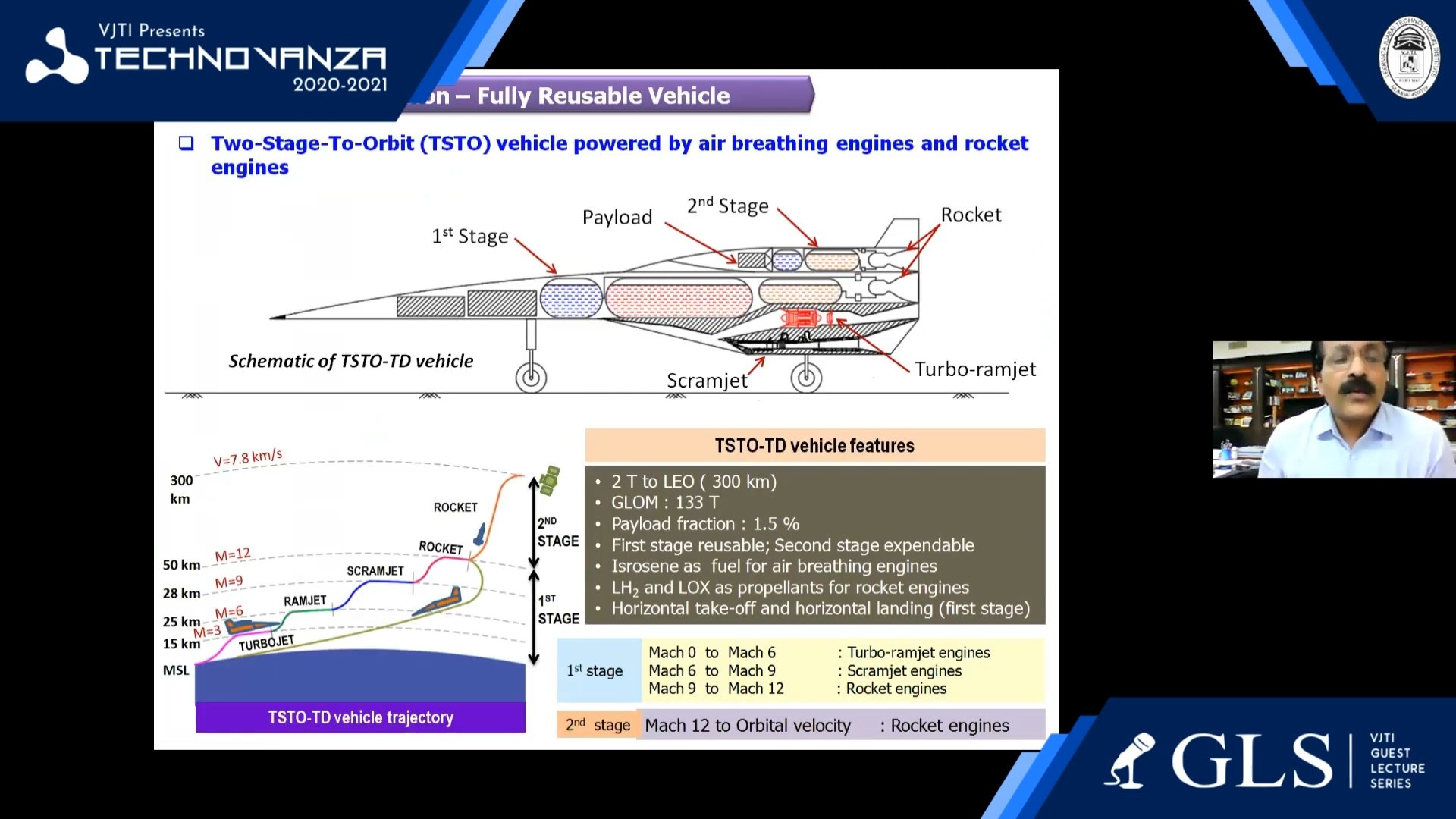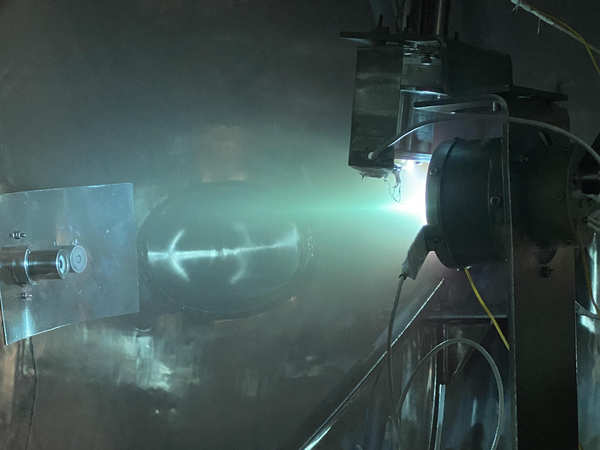None of the countries have this technology,not even US
The design loop intensity is extremely rigid currently (i.e a ton of research one can do can end up as useless in end, at least in a relevant snapshot of specific project). This plagues every country right now involved, more details below.
However there is speculation US might already have.
It is quite hypothetical speculation IMO (I have followed the papers quite closely, one of top people in the arena was prof in my uni as well)....as there would have been clear deployed feedback on more conventional propulsion methods (ramjet, gas turbines) by now if so given the significance of combustor understanding.
It's defence application i think could be used in HAVA itself for the time being,could be used as unmanned hypersonic reconnaissance aircraft via rocket.
Yes larger project of heft (man hours and funds) should never go to waste, so a filler rocket should be on standby for the "Scramjet" zone if needed (if I was project manager, it would be first thing I structure into program organisation)...that is if basic numbers compute out w.r.t just large SSTO rocket (i.e basic feasibility advantage).
Anyways for such project,we need advancements in material science
I myself work in combustor RnD (using CFD and other methods) for gas turbine. Materials are low concern here right now, even lower for novel research disciplines compared to ours.
Material science is actually very small portion of the current obstacle faced (by scramjets) compared to the CFD and aerodynamic realm w.r.t the combustor (highly non ideal) input conditions.
This is because by use of boundary layers and other airflow effects (like shock trains in ramjet and scramjet), we can mitigate the temperature faced by the construction material/interface itself...among other advantages (extra compression provided for "Free" etc)
This (internal airflow layers) concept has high relevance to operation even in jet engines....the materials (even best single crystal blade) definitely do not contact (for their immense benefit and basic existence) the maximum temperature of fluid at all.
But it is especially important in ramjet/scramjet as there is even fewer material science considerations given the lack of moving parts in the concept (a key advantage to this arena). i.e More for moving parts assured economics+reliability = more material science needed.
Anyway, you want this (internal) CFD regime to be as reliable and robust as possible because simply it is fastest and cheapest way for iteration + verfication.
But in CFD, lot of assumptions, regimes, models and constants we hold for more conventional regime (subsonic to first levels of supersonic), esp for meaningful result within precious solver time bound.... simply start to deteriorate at high supersonic and then hypersonic.
There is no quick, easy, efficient way to solve these problems (which I will spare you the details as its very long subject).
You can go on many wild goose chases without even knowing (often you just have to take educated guess on route to take, commit and see and have it pan out or not)....similar to early days of jet engines for that discpline (the base is now very broad and matured there relatively speaking given man hours spent now compared to new fields like hypersonic)
As you establish more in this particular hypersonic variant CFD modelling (What works and doesnt work) from initial tests in hypersonic tunnel/atmosphere.... the understanding base broadens, and further test applicability also is helped.
The challenges are considerable in this design loop (rough sketch i made just now for better ease to see some of the feedback process) for hypersonic regime w.r.t combustion:
India only recently brought its hypersonic wind tunnel facility online for example (i.e establishing critical link in this loop), and it has given further fruit in the recent atmospheric test of HSTDV.
So there is long way to go....at these early days of rigid design loop (For every country involved) each test always gives data that make more questions/challenges (depending on sensitivity+accuracy of instrumentation onboard) than answer.
As design loop broadens and becomes more flexible (i.e you prove a certain branch and can do iteration on it in CFD level itself for good results to save time + expense etc), each painful maturity point is realised of the technology.
Here is Indian paper published in 2011 with more detail (in the fundamental "set up" to start with the injector, flameholder and combustor promotion etc) for those interested in it:
I can for example go into some detail about current drawbacks/limitations of K-e model (and related k omega) assumptions in realm of hypersonics....but that would be next tiers after this paper etc in the design loop.
i.e How to make a better hypersonic solver from first discrepancies noticed (from tests) w.r.t a more standard K-e model's series of results.
2020 HSTDV test would definitely have provided wealth of data for even further improvement of this but still its early days overall given number of factors related to the shock tunnel (And other matters) everyone (worldwide) I have so far read upon is facing and trying few brute force "get lucky" ways augmenting a more structured but slower approach.
ISRO has very competent project managers in India (and how much risk vs assured slow approach split is and will be in their hands in the end), probably the most competent given the realised results so far....so I feel confident this is in best possible hands for success.
I have firsthand seen the great benefits of experienced project management here in Canada aerospace sector....hope to get there soon one day myself, and bring this critical skill+experience back to India.
As extra paper for any interested in what I mean about the CFD models in hypersonic regime.....you can see material science is not even really mentioned (essentially we can achieve a whole lot well within current set of materials).....we need to really solve the major issues in CFD (w.r.t this realm) first before we can perfect more details in more minor disciplines:
@Anmdt @Saithan et al.








